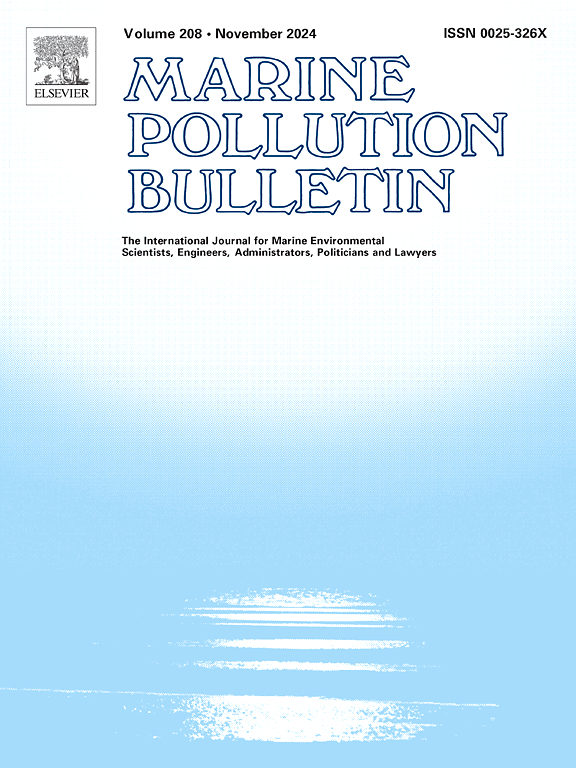阿拉斯加威廉王子湾模拟溢油清理后受干扰潮间带海滩生境的长期物理和生物恢复。
IF 5.3
3区 环境科学与生态学
Q1 ENVIRONMENTAL SCIENCES
引用次数: 0
摘要
埃克森-瓦尔迪兹漏油事件发生后,人们使用高压水和加热水相结合的水力技术将风化油从受影响的海岸线上移走。在处理过程中,这些处理方法对生态的影响引起了关注。我们报告了一项长期研究,该研究比较了在使用这些方法处理过的未沾油海滩上经过水洗和未经水洗地块中的颗粒大小和底栖生物群落。尽管粒度结构受到了长期(九年)的破坏,但仅一年后,水洗地块和未水洗地块的底栖生物总丰度就没有了显著差异,物种多样性指标也在处理后第三年得到了恢复。同样,群落结构似乎也在第三年得到了恢复。造成这种明显的物理/生物脱节的原因可能与威廉王子湾系统本地缺乏细粒度沉积物以及固有的强大的底栖生物繁殖和重新定居策略有关。这项工作对泄漏应对、损害评估和恢复具有实际意义。本文章由计算机程序翻译,如有差异,请以英文原文为准。
Long-term physical and biological recovery of disturbed intertidal beach habitat from simulated oil spill cleanup in Prince William Sound, Alaska
Following the Exxon Valdez oil spill, hydraulic techniques using combinations of high-pressure and heated water were used to mobilize weathered oil from impacted shorelines. During treatment, concerns were raised over the ecological impacts of these treatment methods. We report on a long-term study comparing grain size and infaunal communities in washed and unwashed plots at unoiled beaches treated using these methods. Despite the long-term (nine-year) disruption of grain size structure, total infaunal abundance showed no significant differences between washed and unwashed plots after only one year and species diversity metrics had recovered by the third year post-treatment. Similarly, community structure appeared to have recovered by year three. Reasons for this apparent physical/biological disconnect may be related to the native lack of fine-grained sediments in the Prince William Sound system, and inherently robust infaunal reproductive and recolonizing strategies. This work has practical implications for spill response, damage assessment, and restoration.
求助全文
通过发布文献求助,成功后即可免费获取论文全文。
去求助
来源期刊

Marine pollution bulletin
环境科学-海洋与淡水生物学
CiteScore
10.20
自引率
15.50%
发文量
1077
审稿时长
68 days
期刊介绍:
Marine Pollution Bulletin is concerned with the rational use of maritime and marine resources in estuaries, the seas and oceans, as well as with documenting marine pollution and introducing new forms of measurement and analysis. A wide range of topics are discussed as news, comment, reviews and research reports, not only on effluent disposal and pollution control, but also on the management, economic aspects and protection of the marine environment in general.
 求助内容:
求助内容: 应助结果提醒方式:
应助结果提醒方式:


